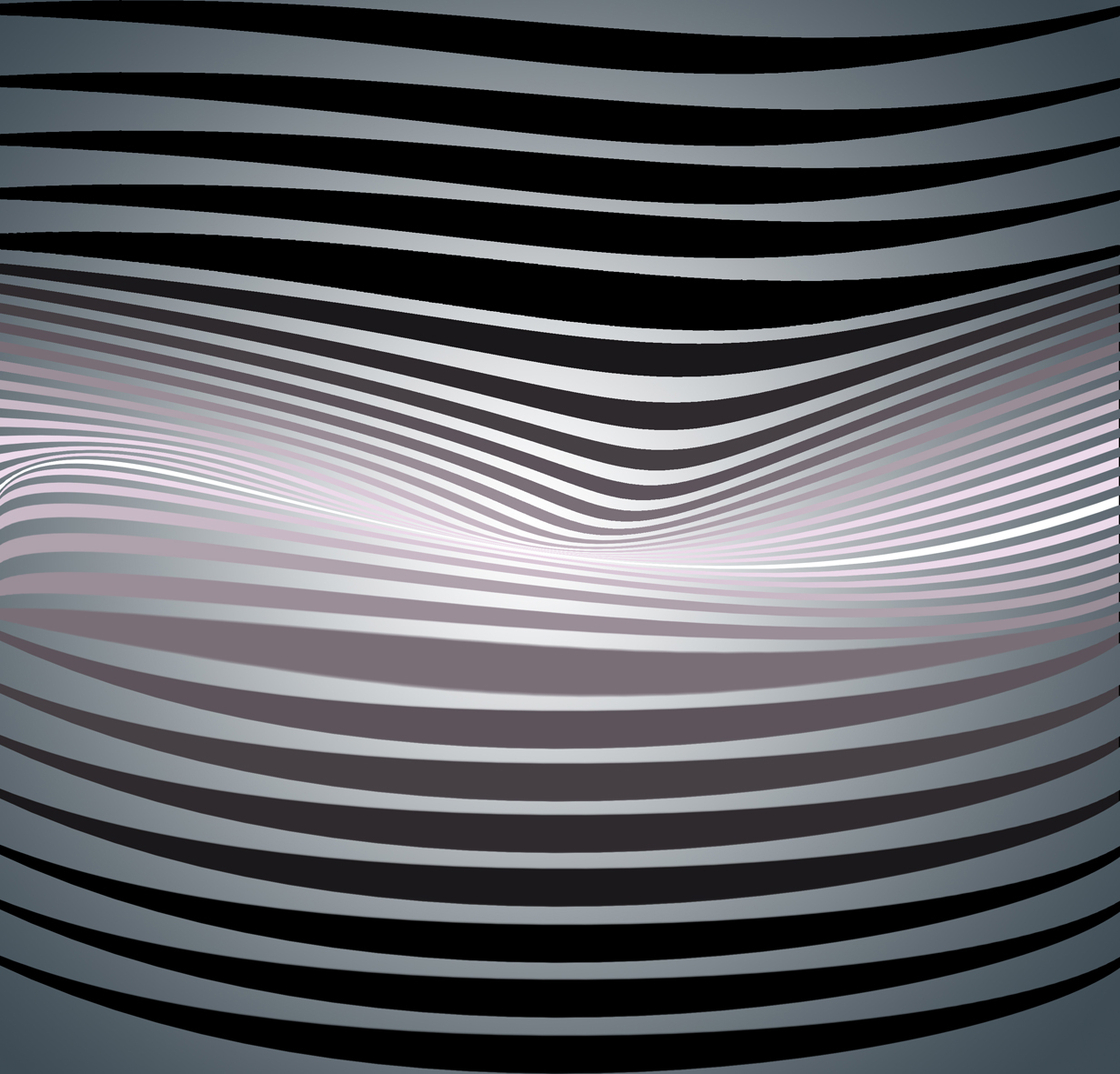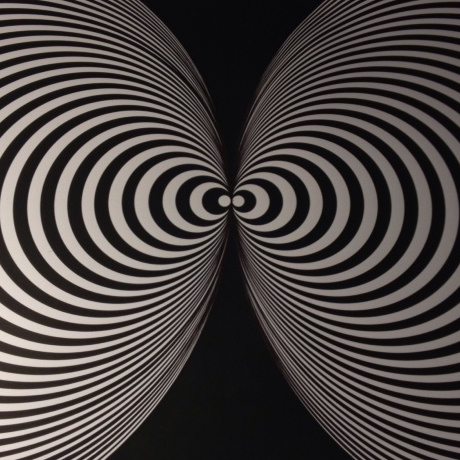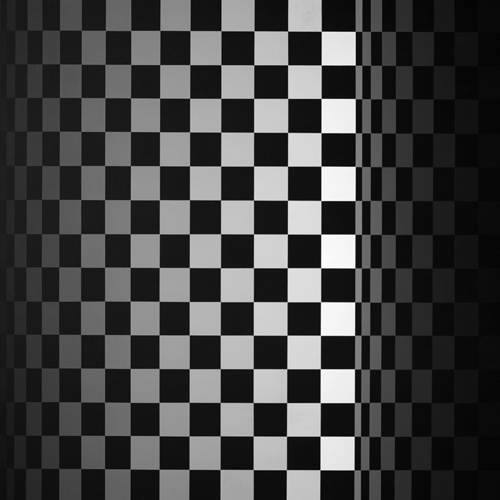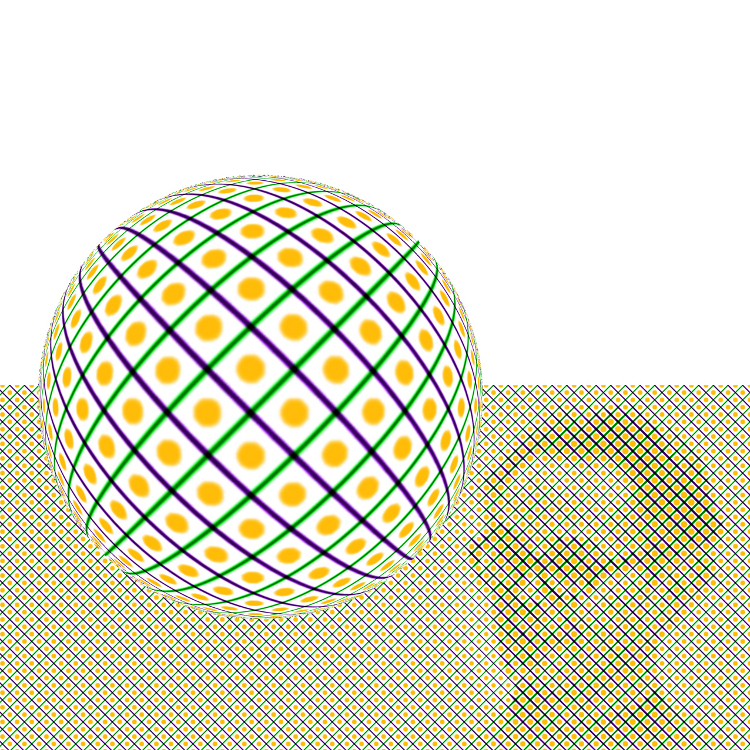Lucy Alva Latashew is an Argentinian born artist living and working in Barcelona. All of the work you see is hand painted and is masterfully precise in execution. Lucy has been concentrating on Op Art and geometric abstraction for several years and has exhibited in Brazil, Spain, Argentina and Israel. You can see more of her work (and excellent photographic work in addition to the paintings you see here) on her site.



Did you study art? If so, where?
I was born in Argentina but I have been living in Barcelona for 13 years. I studied Fine Arts in Buenos Aires; I studied under Ary Brizzi, who introduced me to geometric abstraction.
Why do you like Op Art?
When I was a Fine Arts student I started working around the concept of geometrical abstraction and its various tendencies deriving from the constructive and concrete art tradition. I’m basically interested in virtual movement which is created in our mind and then recreated in painting: which makes painting in itself, an illusion.
I want to experience what the eye can see: the rhythm, the tension from the various modifications I make to the initial composition.
I’m fascinated by the world of colour: by the vibrations it provokes, by its behaviour as a fundamental element which can modify space and generate energy and finally by the many interpretations that it can evoke.



Since new technology has allowed for new forms of creation, giving impulse to the development of the Op Art language, this is my way of interpreting the world today.
How do you make your art?
I use different kinds of media.
I use the computer to set up my composition and then I switch to non-virtual (traditional) two-dimensional media.
When I sit in front of the screen, there’s a real exchange game that starts between myself and motion, the game of visual perception. During this process, I mainly use PhotoShop and Illustrator. Afterwards, I use canvas or methyl methacrylate as a base with acrylic paint, airbrush, paint brushes, pencils …



What’s the process for making one of your artworks?
The process can vary both in terms of phases and timing. It depends on what I am looking for at that moment.
I usually set up the drawing or composition on the computer.
Then a kind of a dialogue starts on between me and the Form.
When I am working on the digital image, I create various colour situations; obviously I know that in this phase I’m working with RGB colours, which are totally different from pigment colours.
When I am ready to transfer my composition onto a real base, canvas, paper or any other media, I prepare different colour samples until I get what I’m looking for.
When I’m actually painting, I always keep one part of my work covered so that I will never have a whole vision of it in front of me. It’s a game between what’s hidden and what’s revealed, like in a masked ball.



Any other art you like and other artists that inspire or have inspired you.
All kinds visual arts and music.
Among some of the artists I admire I can mention Kasimir Malevich, Naum Gabo, Joseph Albers, Piet Mondrian, Marcel Duchamp, Max Bill, Richard Paul Lohse, Jesús Rafael Soto, Bridget Riley, Vasareley, but of course the list is not exhaustive.
Anything else?
I love watching films, reading, going to exhibitions and I also try to keep informed on what’s going on in the world.






















































